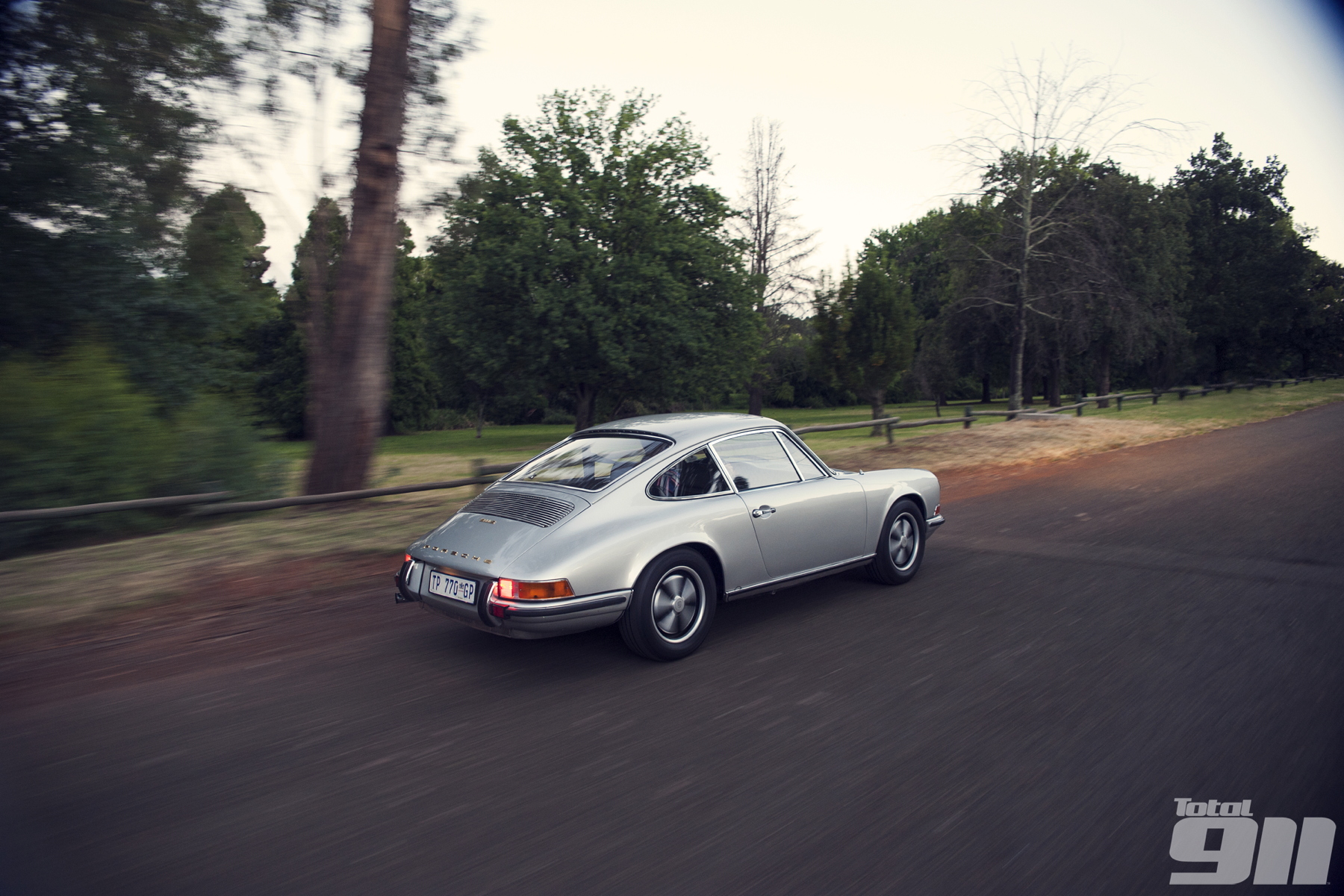Porsche 911S 2.2: the small wonder
I’ll start this feature with a confession. As a motoring writer, I’ve driven all the early 911s, can tell them apart from 100 feet, and can recognise their engine sizes simply by listening to them while idle – blindfolded.
However, in this instance I am unsuccessful. This afternoon, not far from Johannesburg’s central business district, marks the first occasion in which I will spend some time in the company of a 2.2-litre S and, more importantly, get to drive it.
However, the owner is as enthusiastic about Porsches as most of you reading this magazine, and for the best part of four hours we would only discuss 911s – pre-1973 models in particular.
Aside from the hallowed RS moniker, the S signature has been used by Porsche for the best part of the 911’s existence. The original 911S’s genealogy can be traced back to the first 2.0-litre 911S released in 1967.
It didn’t take long for Porsche to increase the capacity of the 911 for the first time, and in August 1969 the 2.2-litre flat six was released. Generally, these are referred to as 1970 models, and the S engines developed 180bhp, compared to the original 2.0-litre S’s 160bhp.
The increase in engine size was due to the enlarged cylinder bores, from 80 to 84mm. Another important mechanical update was the replacement of the 215mm clutch with a larger 225mm item.
Porsche didn’t simply increase the engine size for road use; with its capacity now above 2,001 cubic centimetres, the 911 could be more competitive in the 2,001-2,500 cubic centimetre class for race purposes.
911 anoraks will appreciate the fact that the increase to 2.2 litres also signalled the introduction of Porsche’s engine type number prefix, which changed from 901 to 911, meaning the 2.2-litre S’s engine was referred to as the 911/02.
To read more of our classic test drive in this beautiful 2.2-litre Porsche 911S, make sure you pick up your copy of Total 911 issue 112 now. Currently available at your local newsagent, you can also order your copy online, or download it to your digital device.




Comments (3)